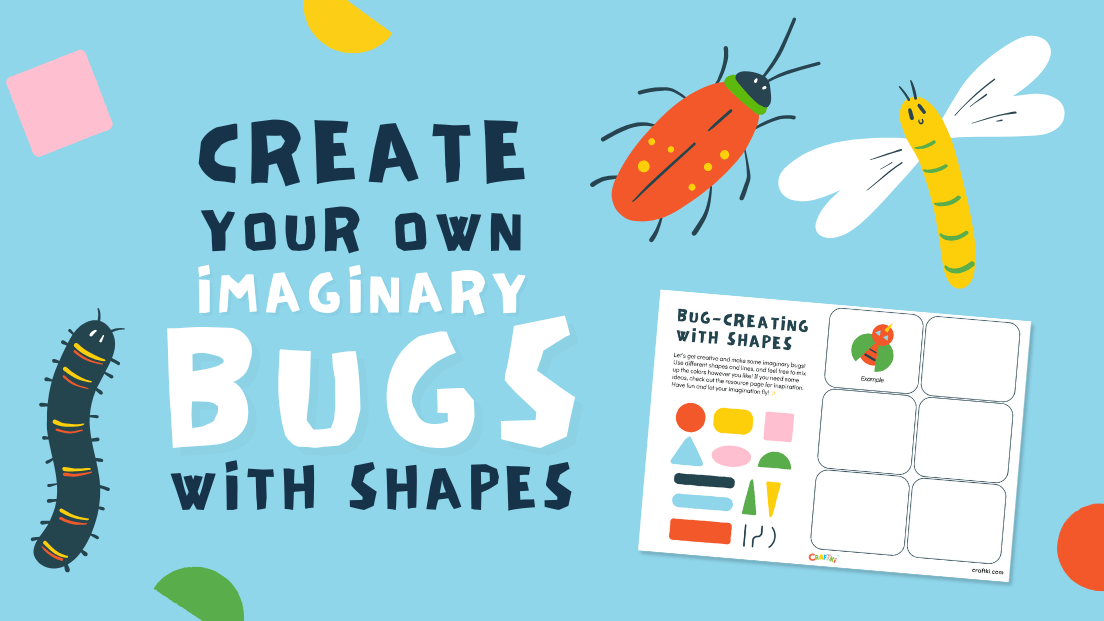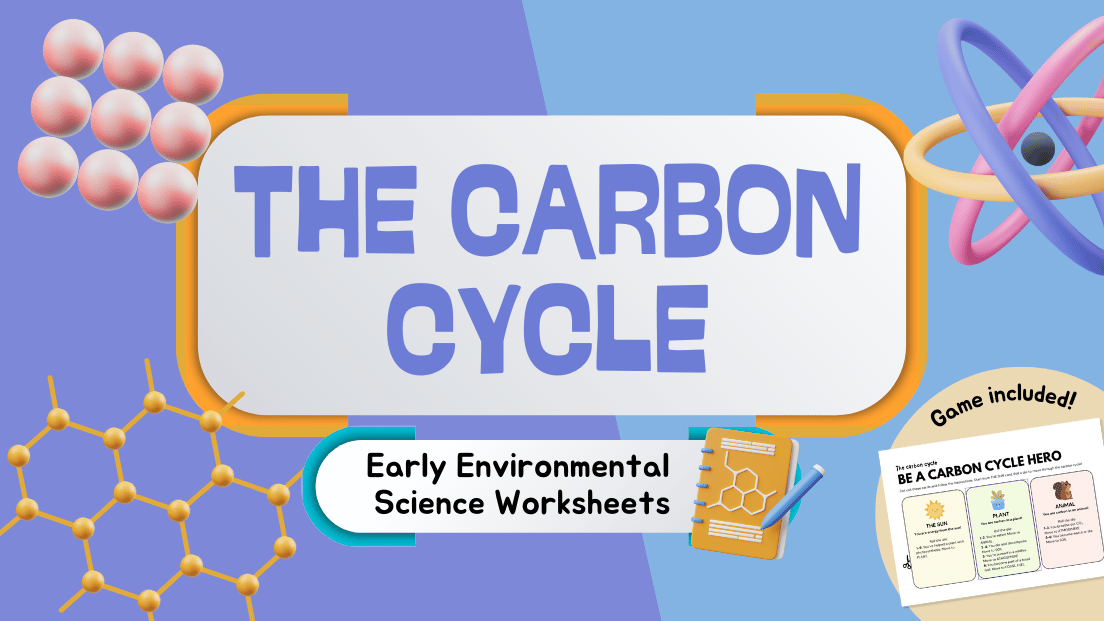Discover How Our World Works through Systems & Feedbacks!
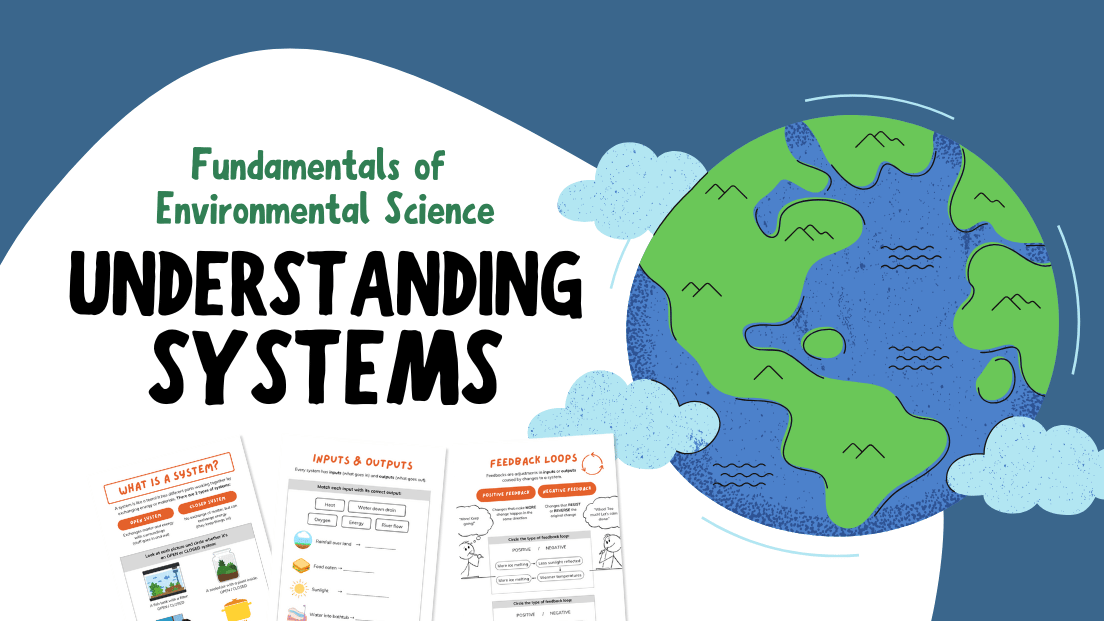
Unlock the fascinating world of environmental systems with our "Amazing Systems & Feedbacks" worksheet! This engaging activity pack transforms complex scientific concepts into fun, hands-on learning experiences that help children understand how our planet functions. From exploring open and closed systems to discovering the power of feedback loops, this worksheet builds critical thinking skills while revealing the interconnected nature of our environment.
Objective
This comprehensive worksheet introduces children to fundamental systems thinking concepts used in environmental science. Through interactive activities and real-world examples, students will learn to identify different types of systems, understand how matter and energy flow through these systems, calculate mean residence time, and recognize positive and negative feedback loops that shape our world.
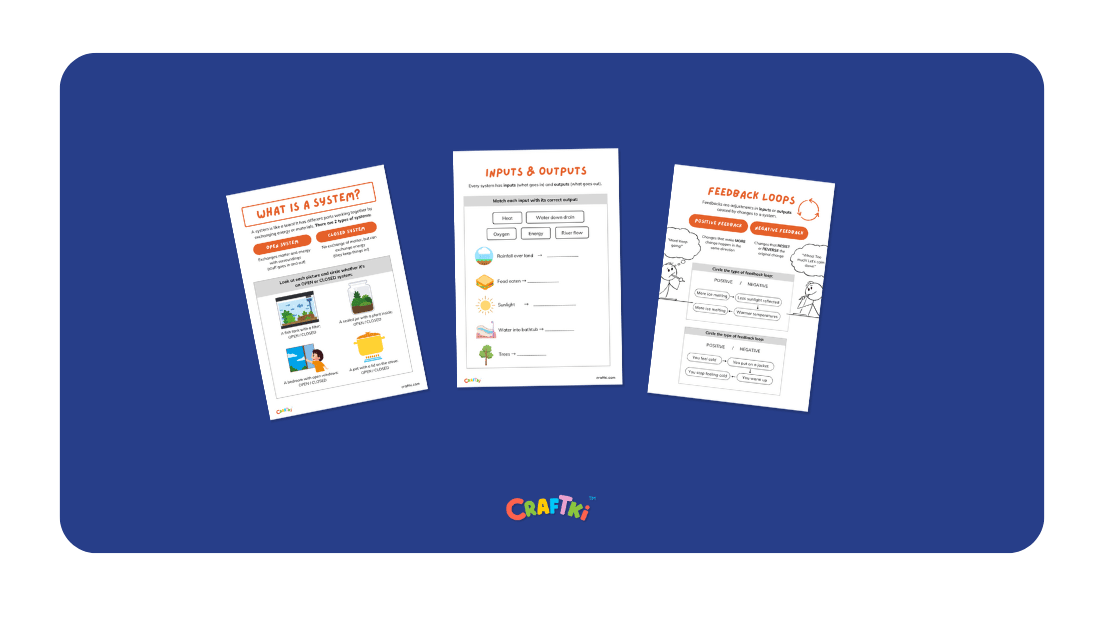
What Your Child/Student Will Learn
- Systems Thinking: Identify open and closed systems and understand how they operate in nature and everyday life
- Matter & Energy Flow: Recognize how inputs and outputs create balance or change within systems
- Critical Analysis: Distinguish between positive and negative feedback loops and their effects on system stability
- Environmental Connections: Understand how natural systems maintain balance and how human activities can disrupt them
- Problem-Solving Skills: Apply systems thinking to real-world environmental challenges
- Scientific Vocabulary: Master key terms used by environmental scientists and systems thinkers
- Visual Representation: Create diagrams and models to illustrate complex system interactions
Recommended Supplementary Materials
Enhance the learning experience with these carefully selected resources:
Helpful Links:
- NASA Climate Kids - Earth Systems
- National Geographic - Earth's Systems Interactions
- Systems Thinking Games
- Interactive Water Cycle
How To Get Started
- Introduce the concept of systems using everyday examples like a fish tank, a heating system, or the water cycle
- Print the worksheet and explore the different sections together
- Start with Part 1 identifying different types of systems in familiar settings
- Progress through inputs and outputs
- Discuss feedback loops using relatable examples like body temperature regulation
- Complete the creative activities where students design their own systems
- Extend learning by creating physical models of systems using household materials
For classroom settings, consider having students work in small groups to create and present their own system models, explaining the inputs, outputs, and any feedback loops they've included.
Worksheet Preview
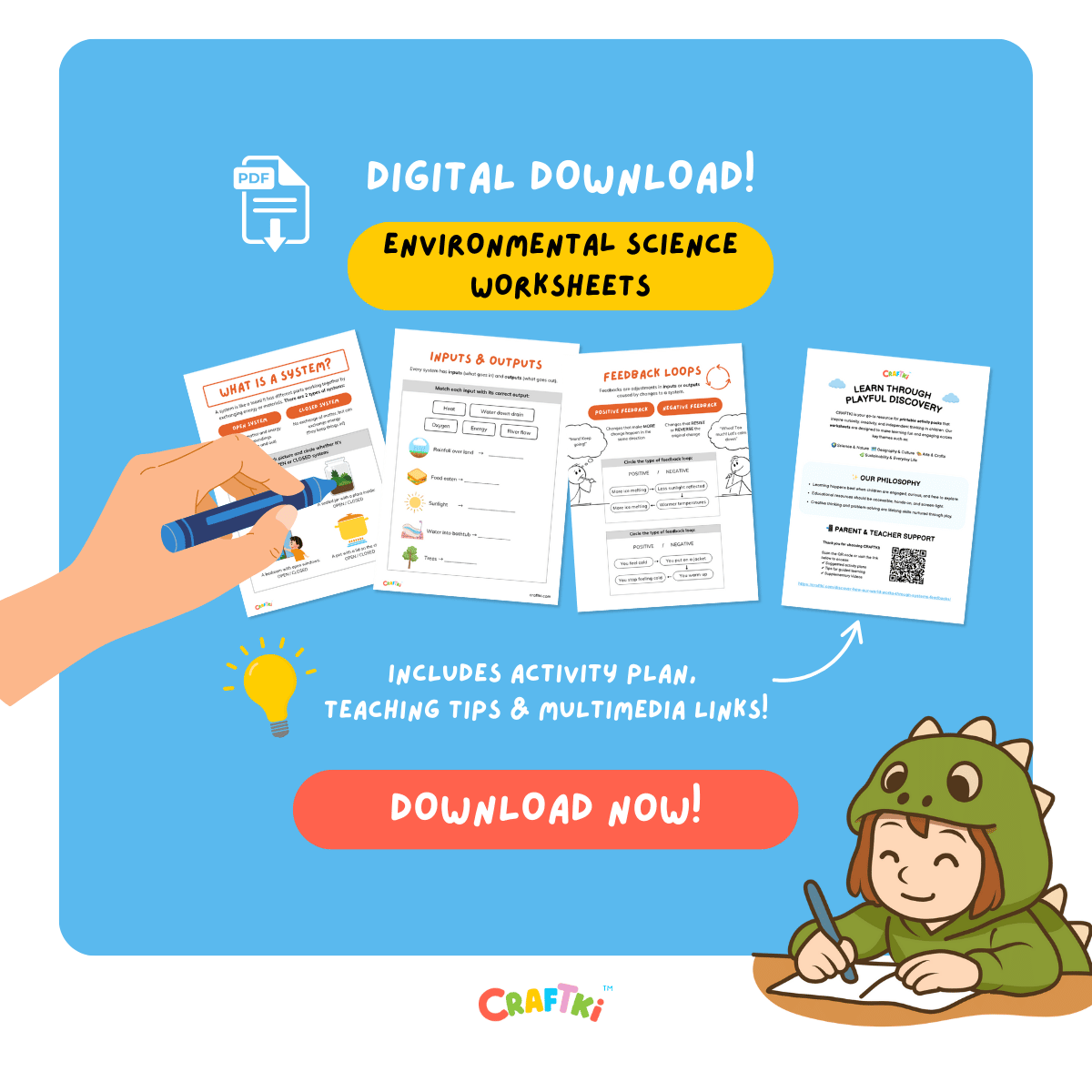
Unlock Environmental Understanding Today!
Download our "Amazing Systems & Feedbacks" worksheet now and help young minds discover the interconnected processes that keep our planet functioning! This isn't just a science lesson—it's an essential foundation for understanding environmental challenges and developing the systems thinking skills needed for our changing world.
Perfect for classroom instruction, homeschool science curriculum, environmental clubs, or rainy weekend activities, this worksheet makes complex concepts accessible and engaging. Click below to begin your systems thinking journey!



